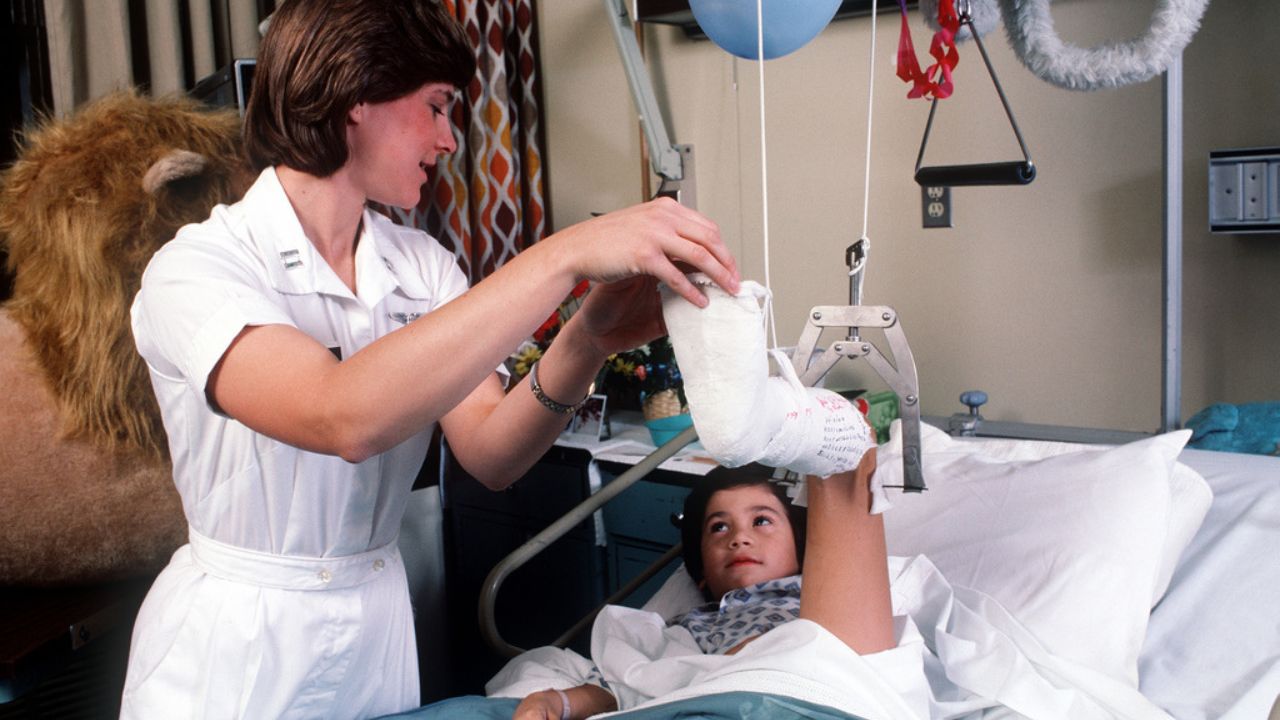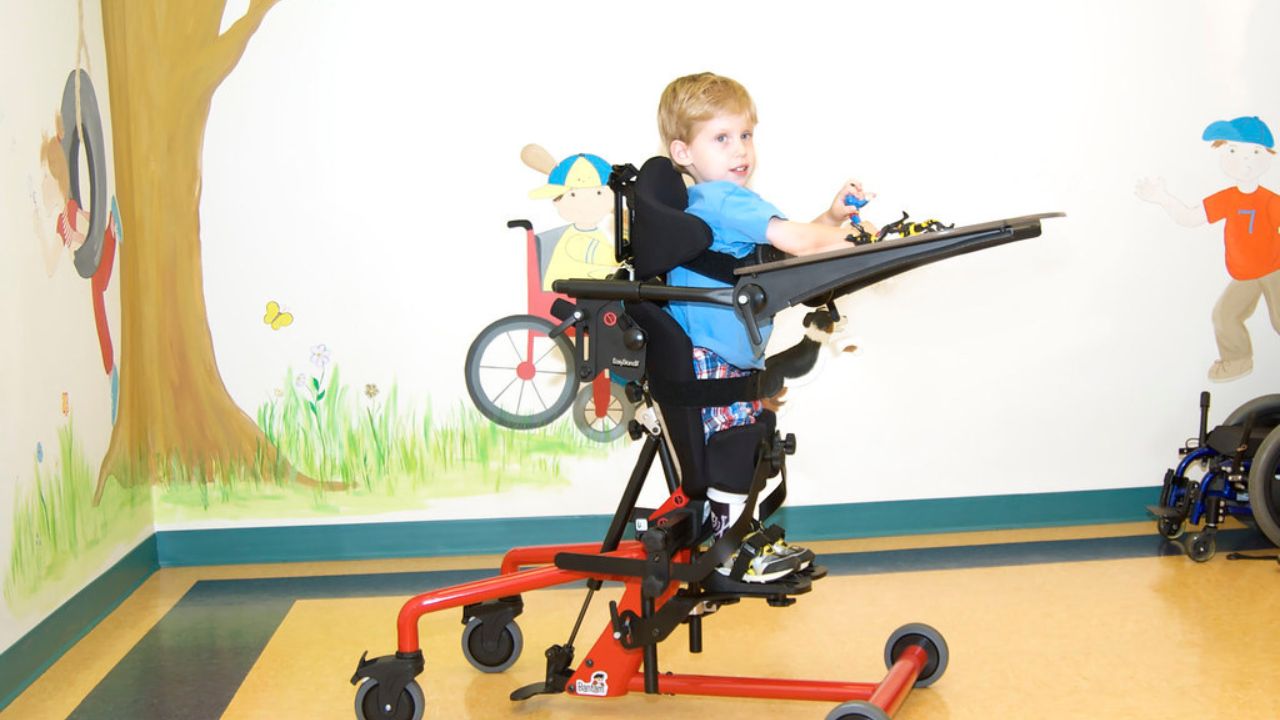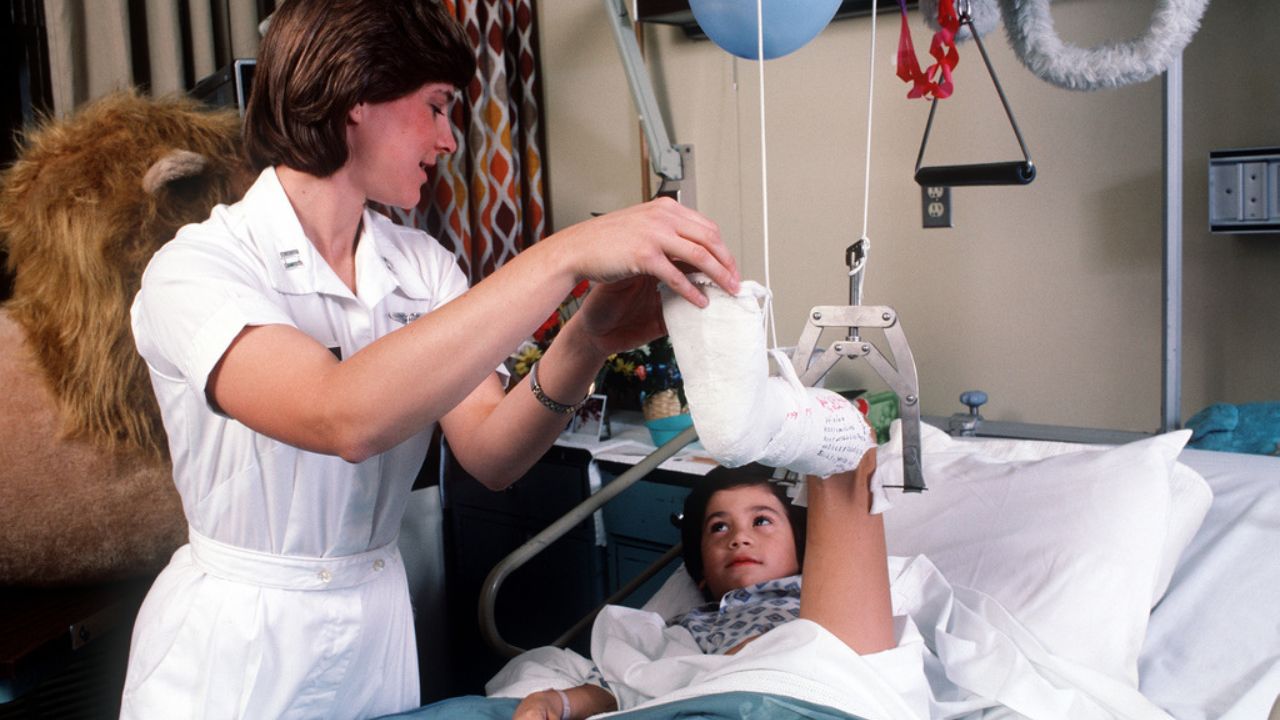
In the field of pediatric physical therapy, the use of reliable and effective assessments is crucial for accurately evaluating a child's motor skills and overall development.
This article highlights the top 10 indispensable assessments employed in pediatric physical therapy.
These assessments, such as the Gross Motor Function Measure and the Peabody Developmental Motor Scales, provide valuable insights into a child's abilities and guide therapy interventions to ensure optimal progress.
By utilizing these assessments, healthcare professionals can tailor treatment plans to meet the unique needs of each child.
Gross Motor Function Measure (GMFM)
The Gross Motor Function Measure (GMFM) is an essential assessment tool utilized in pediatric physical therapy to evaluate and quantify a child's gross motor skills and functional abilities. As one of the most widely used GMFM assessment tools, it provides valuable information about a child's motor development and helps guide treatment planning.
The GMFM scoring system consists of 88 items divided into five dimensions: lying and rolling, sitting, crawling and kneeling, standing, and walking, running, and jumping. Each item is scored on a four-point scale, ranging from 0 (does not initiate) to 3 (completes with ease), reflecting the child's level of motor performance.
Peabody Developmental Motor Scales (PDMS)
One of the top assessments employed in pediatric physical therapy is the Peabody Developmental Motor Scales (PDMS). This assessment is widely used to evaluate the motor skills and development of children from birth to five years of age.

The PDMS consists of two subtests: the Gross Motor Scale and the Fine Motor Scale. The Gross Motor Scale assesses large muscle groups and measures skills such as crawling, walking, and jumping. The Fine Motor Scale evaluates small muscle groups and measures skills such as grasping, stacking blocks, and drawing.
The PDMS provides therapists with valuable information about a child's motor development and helps identify any delays or impairments. It is a comprehensive and reliable assessment tool that allows therapists to tailor treatment plans to the specific needs of each child.
Movement Assessment Battery for Children (M-ABC)
Another essential assessment employed in pediatric physical therapy is the Movement Assessment Battery for Children (M-ABC), which provides valuable insights into a child's motor abilities and helps guide treatment planning.
The M-ABC is a standardized assessment tool that is widely used to evaluate and assess motor skills in children. It consists of a series of tasks and activities that measure a child's coordination, balance, and manual dexterity.
The benefits of using the M-ABC in pediatric physical therapy are numerous. Firstly, it allows therapists to identify specific motor difficulties and areas of improvement for each child.
Secondly, it helps to monitor progress and track changes in motor skills over time. Lastly, the M-ABC provides objective data that can be used to develop individualized treatment plans and interventions tailored to the unique needs of each child.
Pediatric Evaluation of Disability Inventory (PEDI)
A key assessment utilized in pediatric physical therapy is the Pediatric Evaluation of Disability Inventory (PEDI), a comprehensive tool that evaluates functional abilities and measures the level of disability in children.

The PEDI is designed to assess three domains of function: self-care, mobility, and social function. It provides a thorough evaluation of a child's skills and performance in these areas, helping therapists to identify areas of strength and areas that need improvement.
The PEDI is widely used in pediatric physical therapy because it provides a standardized and reliable measure of a child's functional abilities, enabling therapists to track progress over time and evaluate the effectiveness of interventions.
This assessment of disability plays a crucial role in guiding treatment planning and determining the appropriate level of support and intervention for children with disabilities.
Bruininks-Oseretsky Test of Motor Proficiency (BOT-2)
The Bruininks-Oseretsky Test of Motor Proficiency (BOT-2) is a widely utilized assessment in pediatric physical therapy, providing valuable insights into a child's motor skills and overall motor proficiency. This standardized test evaluates a child's fine and gross motor skills, including manual dexterity, balance, and coordination. The BOT-2 is a reliable and valid tool that helps therapists identify areas of weakness and track progress over time.
The importance of standardized testing in pediatric physical therapy cannot be overstated. It allows for objective evaluation of a child's abilities, ensuring consistent and accurate assessment across different therapists and settings. Standardized tests like the BOT-2 provide a baseline for comparison, helping therapists set realistic goals and measure the effectiveness of interventions.
Additionally, these tests offer valuable information for parents and caregivers, empowering them to understand their child's strengths and weaknesses and actively participate in the therapy process.
Sensory Profile
Significantly, the Sensory Profile is a crucial assessment tool frequently utilized in pediatric physical therapy to evaluate a child's sensory processing abilities and identify potential sensory challenges that may impact their overall functional performance.

Sensory integration and sensory processing play a vital role in a child's development and ability to engage in daily activities.
The Sensory Profile helps therapists gain a comprehensive understanding of a child's sensory preferences, sensitivities, and responses to various stimuli.
By assessing how a child processes sensory information, therapists can tailor interventions and strategies to promote optimal sensory integration and enhance the child's overall functional skills.
This assessment tool provides valuable insights into a child's sensory processing patterns, allowing therapists to address any sensory challenges that may hinder the child's participation and engagement in everyday activities.
Notably, the Test of Infant Motor Performance (TIMP) is an essential assessment used in pediatric physical therapy to evaluate the motor skills and developmental progress of infants. This assessment focuses on the measurement of the infant's motor skills, including posture, movement, and coordination. The TIMP provides valuable information about the infant's motor performance, helping therapists identify any delays or difficulties in motor development.
The importance of early intervention in addressing any motor skill issues cannot be overstated. The TIMP allows therapists to identify potential problems in the early stages, enabling them to provide appropriate interventions and therapies to enhance the infant's motor development. Early intervention can significantly improve an infant's motor skills and overall quality of life.
Alberta Infant Motor Scale (AIMS)
An essential tool utilized in pediatric physical therapy is the Alberta Infant Motor Scale (AIMS), which allows therapists to assess and monitor the motor development of infants.

The AIMS is a standardized observational assessment that measures the gross motor function of infants from birth to 18 months of age. It consists of 58 items that evaluate the infant's postural control, selective voluntary movements, and other motor skills.
One of the key factors in any assessment tool is its reliability, which refers to the consistency of results. The AIMS has been found to have excellent inter-rater reliability, meaning that different therapists are likely to obtain similar results when scoring the same infant.
Furthermore, the AIMS also demonstrates good validity, indicating that it measures what it intends to measure, which is the infant's motor abilities.
Bayley Scales of Infant and Toddler Development (Bayley-III)
One of the most widely used assessments in pediatric physical therapy is the Bayley Scales of Infant and Toddler Development (Bayley-III), which evaluates the cognitive, language, motor, social-emotional, and adaptive skills of infants and toddlers.
This assessment is known for its validity and reliability, making it a trusted tool for clinicians.
The Bayley-III provides valuable information about a child's development and helps identify any delays or disabilities that may require intervention.
Its clinical applications are vast, including early intervention planning, monitoring progress, and evaluating the effectiveness of interventions.

The interpretation of Bayley-III results requires a skilled clinician who can analyze the scores and provide meaningful recommendations for the child's care.
Pediatric Balance Scale (PBS)
How does the Pediatric Balance Scale (PBS) contribute to assessing balance in pediatric physical therapy?
The Pediatric Balance Scale (PBS) is a widely used assessment tool in pediatric physical therapy that helps evaluate and quantify balance in children.
This scale consists of 14 functional balance tasks, such as standing on one leg, reaching forward, and turning 360 degrees.
It measures the child's ability to maintain balance while performing these tasks, providing valuable information about their postural control and stability.
The PBS is particularly useful in assessing the effectiveness of pediatric balance training programs, as it can track improvements over time and identify areas that need further intervention.
Frequently Asked Questions
What Is the Purpose of the Gross Motor Function Measure (Gmfm) Assessment?
The purpose of the Gross Motor Function Measure (GMFM) assessment is to evaluate the gross motor skills and function of children in order to determine their level of motor development and monitor progress over time.

How Is the Peabody Developmental Motor Scales (Pdms) Assessment Different From Other Assessments Used in Pediatric Physical Therapy?
The Peabody Developmental Motor Scales (PDMS) assessment is distinct from other assessments in pediatric physical therapy due to its comprehensive evaluation of motor skills. It offers benefits such as reliable and valid results, though limitations include administration time and interpretation of normative data.
Can the Movement Assessment Battery for Children (M-Abc) Assessment Be Used for Children of All Ages?
The Movement Assessment Battery for Children (M-ABC) is a valid assessment tool for evaluating motor skills in children. However, it is important to note that age-appropriate assessments should be utilized to ensure accurate results.
The Pediatric Evaluation of Disability Inventory (PEDI) assessment provides valuable information about a child's functional abilities, including self-care, mobility, and social skills. It is a comprehensive tool used in pediatric evaluation to inform treatment planning and monitor progress.
How Does the Bruininks-Oseretsky Test of Motor Proficiency (Bot-2) Assessment Measure Motor Skills in Children?
The Bruininks Oseretsky Test of Motor Proficiency (BOT-2) is an assessment used to measure motor skills in children. It evaluates different areas such as manual coordination, body coordination, strength, and speed.
 Mobility trainingHome Fitness RecoverySports Injury PreventionPersonal Physical TherapyOrthopedic SolutionsPrivacy PolicyTerms And Conditions
Mobility trainingHome Fitness RecoverySports Injury PreventionPersonal Physical TherapyOrthopedic SolutionsPrivacy PolicyTerms And Conditions
